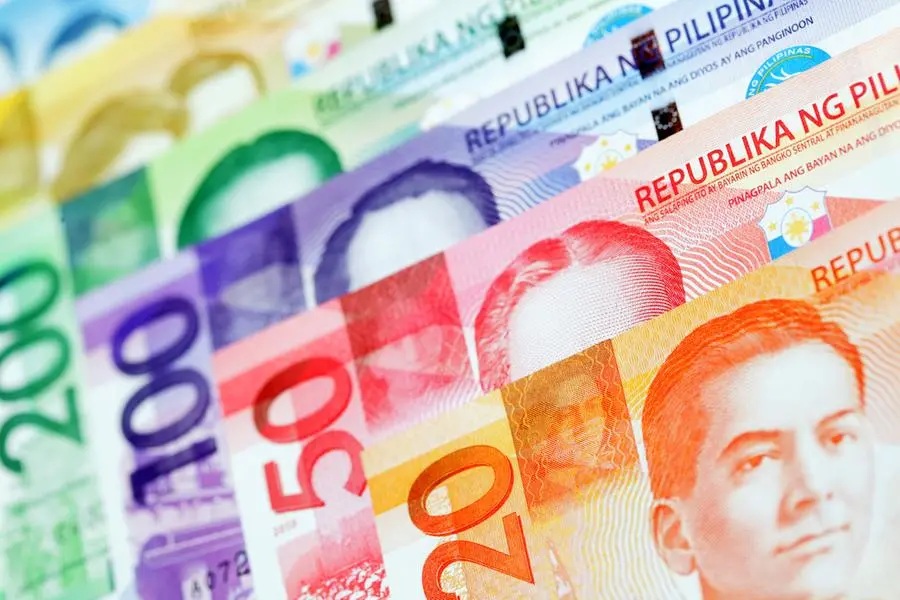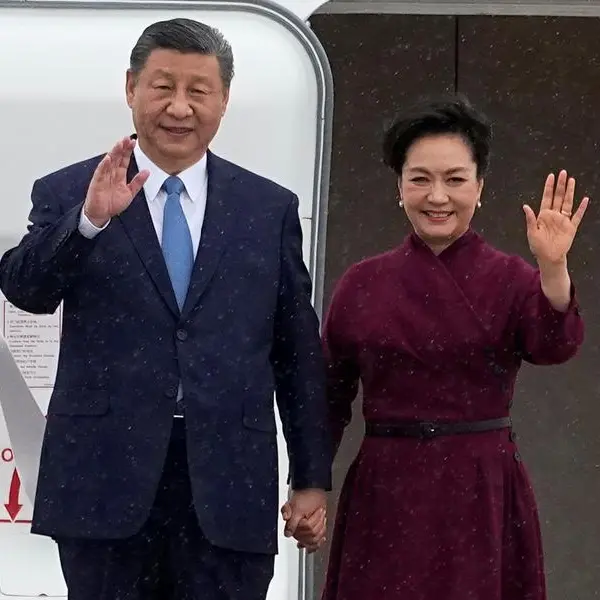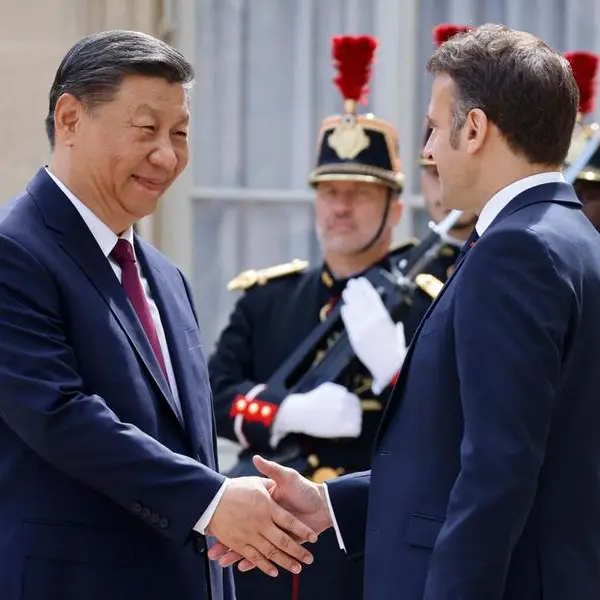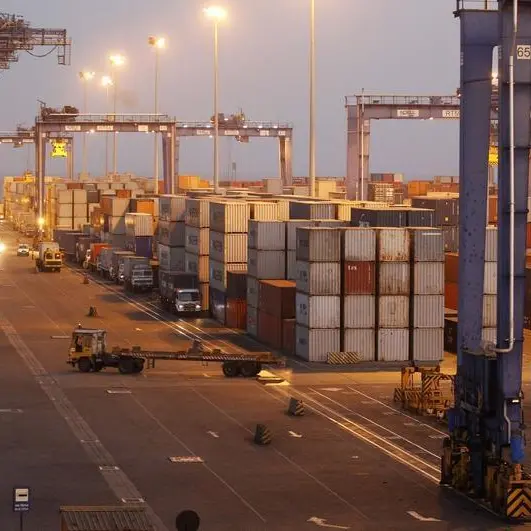PHOTO
The past few weeks have been understandably dominated by the standoff between the Philippines and China in the West Philippine Sea. However, it is still the state of the economy that is most relevant to the average Filipino. I was keeping track of two major economic news that made me wonder if this government has an economic czar coordinating the government's overall economic direction. Hopefully, the economic policies of the administration are not dictated by short-term political goals or ensuring that the government addresses short-term problems without looking at the strategic economic consequences.
One story that I have been keeping abreast of is the slow erosion of the peso-dollar exchange rate which breached the P57-$1 rate last week.
Early this year, I remember the rate to be P55.61 to $1. There were economists who were actually predicting that the peso would gain value in 2024. Now the concern is whether the peso would continue to weaken to the 2022 low of P59 to $1.
The dollar of course has been strengthening almost globally and Asian central bankers are anticipating more volatility in their currencies due to a stronger dollar. The cause is the receding prospect of any cuts in the US interest rates. For a while, there was much talk of interest rate cuts in the USA. However, inflationary and other economic figures have led to the common consensus that there will be no US rate cuts this year. This has led to a weakening of the currencies in Japan, South Korea and even China. Asian currencies have kept a relatively low interest rate to help their economies grow. The gap between the US high interest rates and the low rates in Asia's biggest economies have led to investors' flight to higher yielding US assets. For example, the Japanese yen has gone to a 34-year low and is presently past Y154 to the dollar rate. The Korean won has hit its lowest level against the dollar since November 2022.
Xi Jinping said at the start of the year that one of the financial priorities of China was a strong currency. However, the renminbi value to the dollar recently fell below its Central Bank's daily references. There have been warnings by the G7 countries about the seriousness of the depreciation of these Asian currencies. In fact, there was a joint statement by the US, Japan and Korea last week about the sharp depreciation of the value of the Japanese yen and the Korean won. However, it seems that the common consensus is that there is not much that can be done and countries must wait for the dollar to stop strengthening and preferably, begin to weaken.
One way that this will happen is if the US suddenly begins to reduce its interest rate, which will make Asian investment assets more competitive.
Unless I missed the news, I have not heard any top government official express alarm over the erosion of the peso-dollar rate. In fact, there are those pundits who believe that a weaker peso benefits many Filipinos, like the OFWs who earn dollars and other foreign currencies. A weaker peso is also supposed to benefit exporters and the tourism sectors. While this may be true, there is a point where a weak peso can lead to inflation, especially for economies like the Philippines that is heavily dependent on imported goods.
Another economic news that is on the front pages is Administrative Order 20 issued by the President which removes non-tariff barriers to agriculture importation. The purpose of this decision is to address the continued inflation of food prices. Somehow, the government has been unable to reduce the prices of commodities such as rice and sugar. This move is a 'quick fix' to a potentially politically volatile issue.
While this may be an effective, very short-term solution, the removal of non-tariff import restrictions will again reduce the income of our local farmers. From past experience, this practice has not necessarily led to reducing consumer prices.
If the peso continues to weaken, this will lead to higher costs for imported goods. I wonder if our economic managers have arrived at a plan to balance those two economic possibilities - weakening of the peso and continued reliance on importation.
As far as I can remember, there has always been a constant debate on which is more essential between food security and lower consumer prices. Even when I was in government 30 years ago, this was a debate being waged at the Cabinet level. At that time, I was on the side of those who favored finding ways to lower consumer prices even at the expense of food security. In hindsight, I now realize I was on the wrong side of the debate. The Philippines is now said to be the largest rice importer in the world. We have become totally dependent on external conditions for this very basic and critical commodity in the daily lives of our people.
Every day, even the poorest of the poor must at least be able to consume rice. And yet, think of the many factors that dictate the price of this staple food, like the amount of rice production in other countries, the peso-dollar rate and the vagaries of the weather.
It must be the goal of our economic czar, whoever that is, to ensure a stable currency and reduce to a minimum our dependence on imported basic food commodity.
Copyright © 2022 PhilSTAR Daily, Inc Provided by SyndiGate Media Inc. (Syndigate.info).












